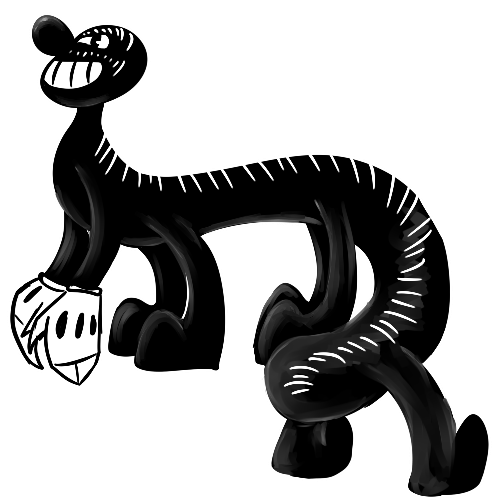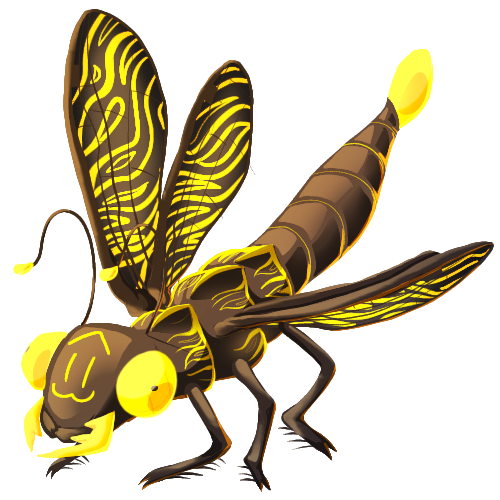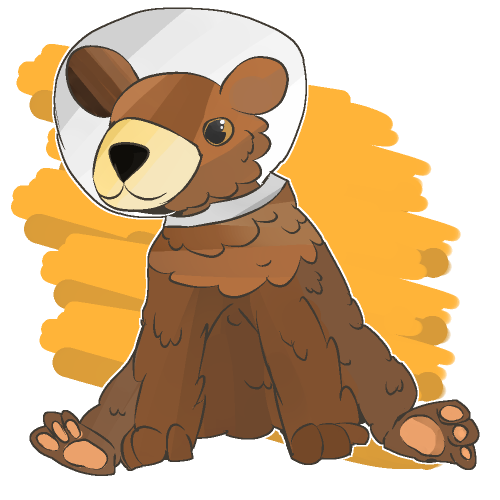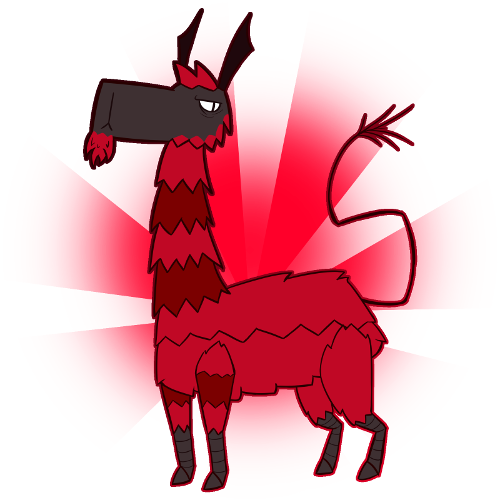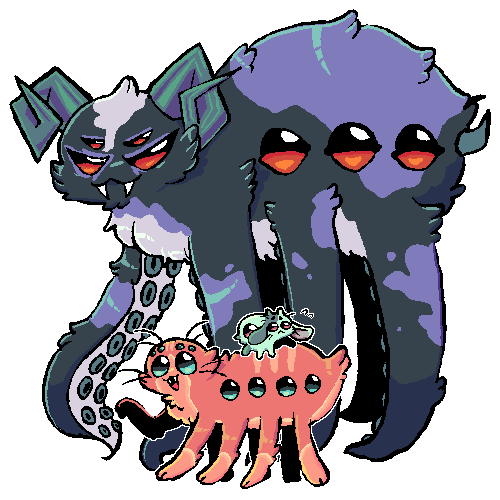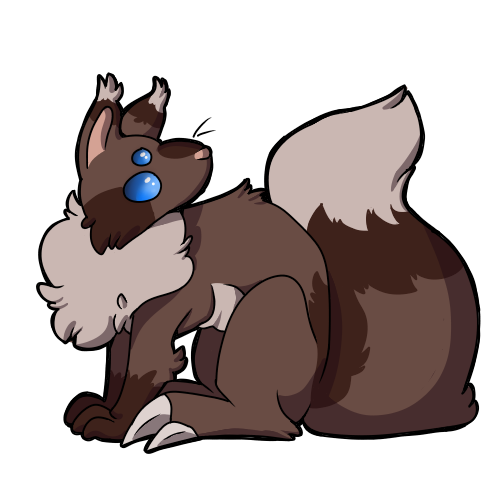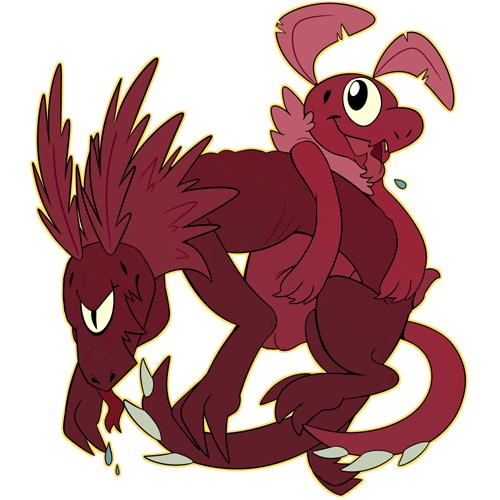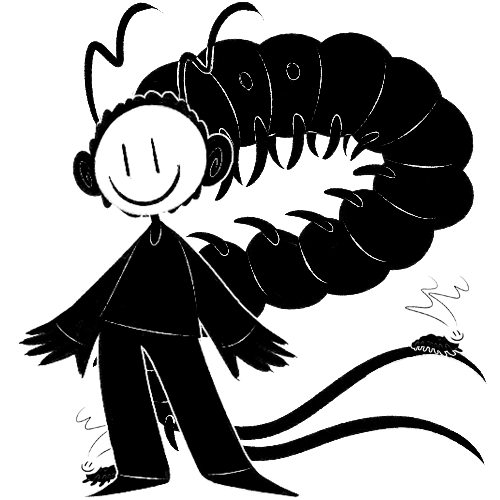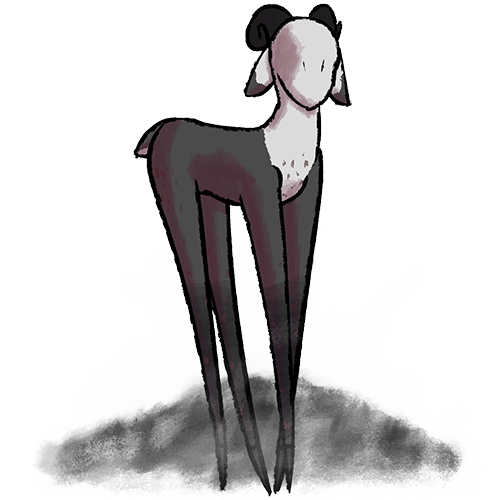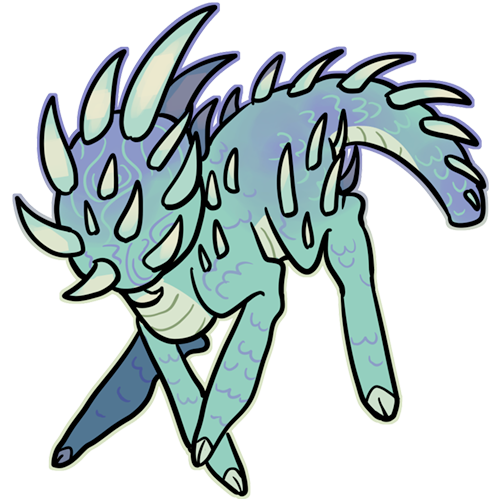Tailmic
The tailmic is a capture creature for G-classes and U-classes. It is by far the most common capture creature, as it freely roams many, if not all, notail settlements. Notails seem to have a kinship, or at least a strange and extreme tolerance, with tailmics and will do nothing as they casually come over and eat food, sometimes even out of the hands of a notail. If a notail is ever annoyed by a tailmic they gently place their hands on their heads and push them to let them know they don't want to be bothered. This action rarely happens though, instead, tailmics live inside the houses of notails, wander their stores, even crawl around their labs undeterred by anyone.


